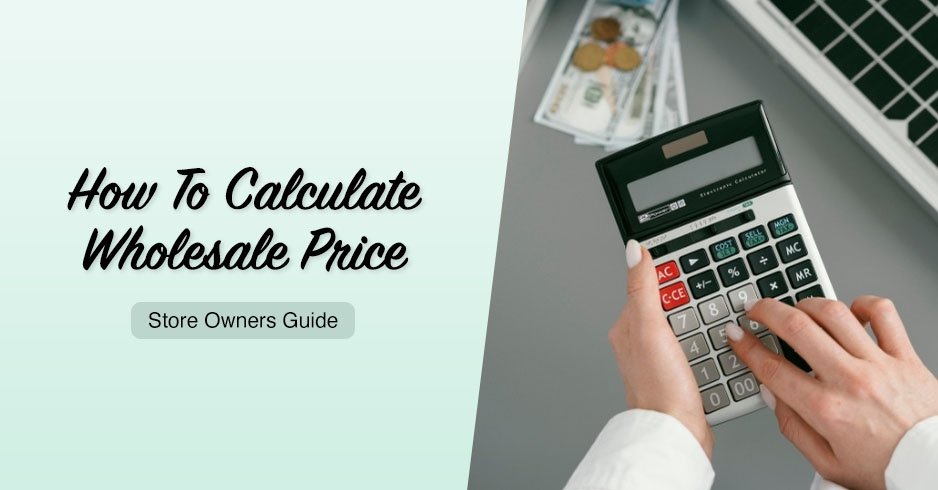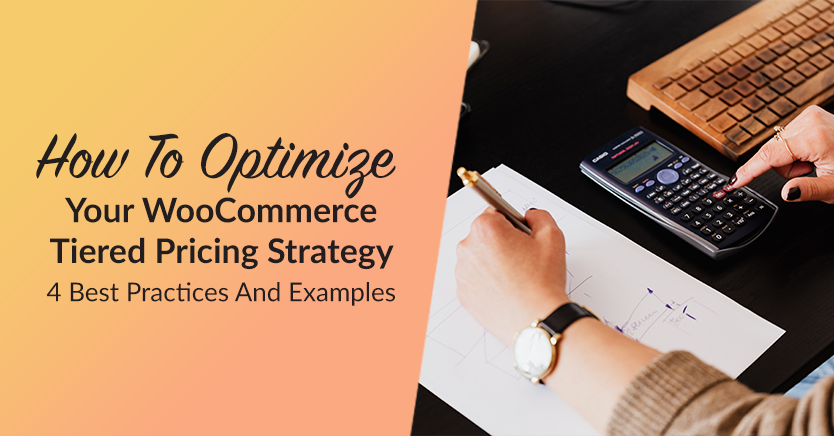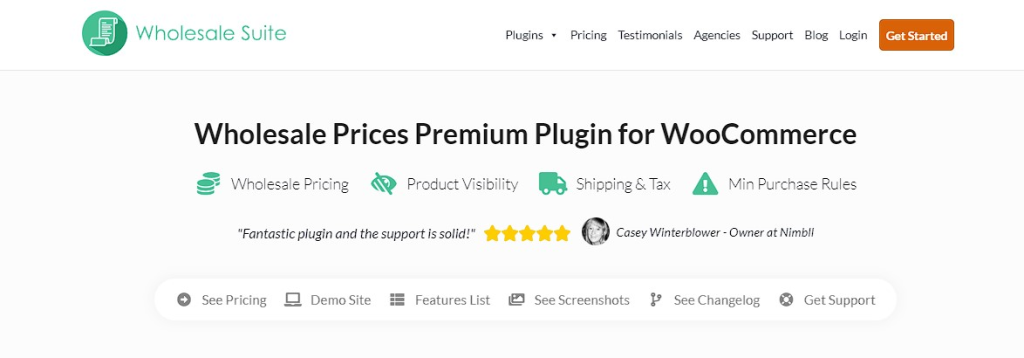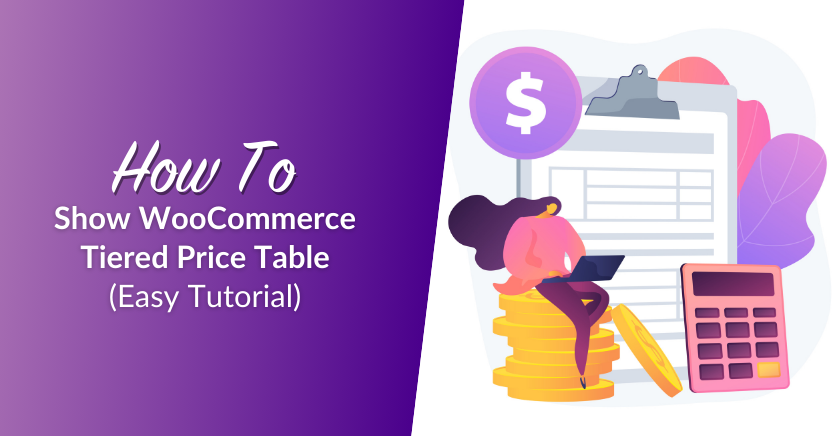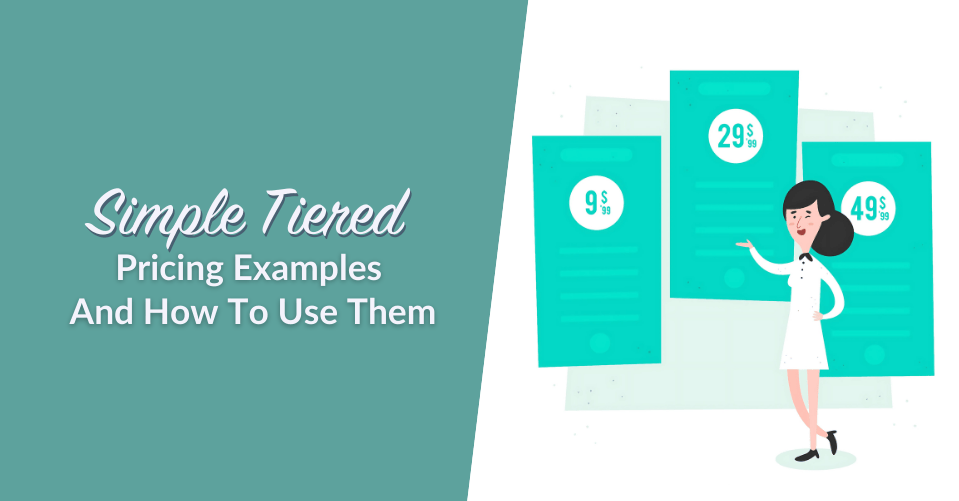
Pricing plays a big role in running a successful business. Finding the right price point is key to keeping your business profitable while still attracting customers. This “sweet spot” is the balance between setting your prices high enough to cover your costs and make a profit, but not so high that potential customers look elsewhere. Tiered pricing examples can help illustrate how to achieve this balance effectively.
This allows you to offer different pricing options based on the quantity or level of service a customer chooses. It gives customers flexibility and encourages them to spend more without feeling like they’re overpaying.
By offering multiple price points, businesses can appeal to a wider range of customers, from those with smaller budgets to those willing to pay more for added value.
So, how exactly does this work in practice? If you’re interested in learning more about this topic, keep reading!
Tiered Pricing Overview
Tiered pricing is a strategy where the cost of a product or service changes depending on how much the customer uses it. In simple terms, the more you use, the more you pay, but only in specific steps or levels.
This method allows businesses to adjust their prices based on the usage patterns of different customers, which offers a more customized approach compared to flat-rate pricing.
In this pricing format, the total cost is divided into several tiers or levels. These tiers are usually set based on the number of users, the quantity of the product being bought, or how much of the service is being consumed.
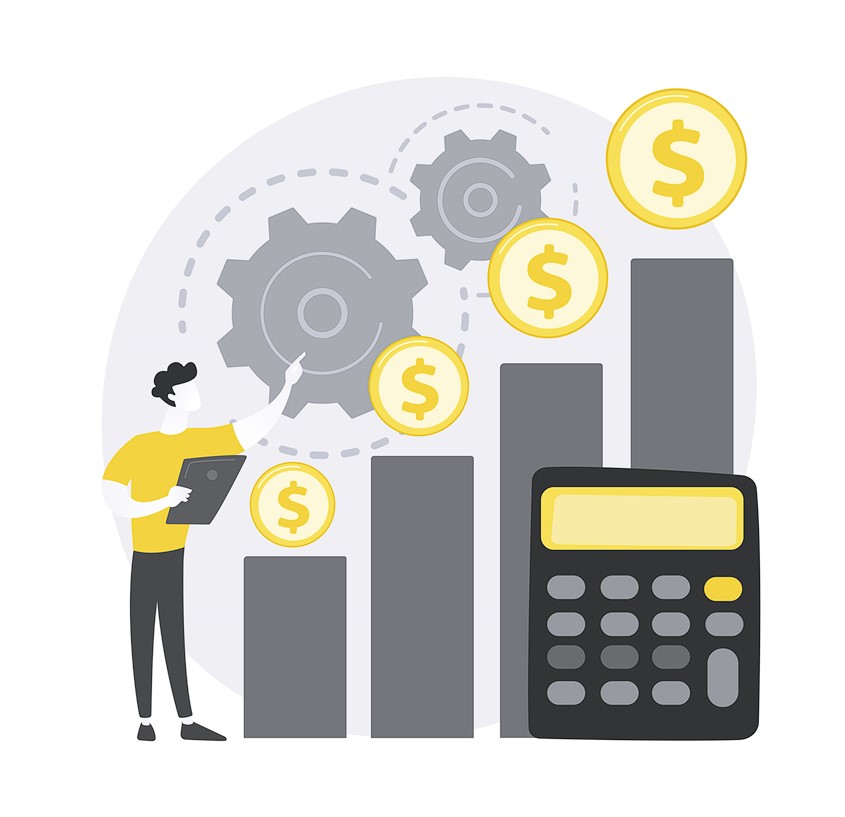
For example, a company may offer a lower price for customers who use less and gradually increase the price for those who use more. This way, customers are only charged according to their actual needs, which makes the pricing feel more fair and understandable.
As customers use more of the product or service and move from one tier to the next, they begin paying the rate for that specific tier. This system encourages customers to use more if they want to unlock better rates in the higher tiers. It also benefits businesses by allowing them to offer flexible pricing that caters to both small and large customers without needing separate price structures for each.
If you want to learn more, you can read about how to optimize your WooCommerce tiered pricing strategy.
Tiered Pricing Strategies For Your Business
1. Usage-based tiers
Firstly, usage-based pricing charges customers depending on how much they use a service or product. It’s a flexible approach that allows customers to adjust their usage and pay only for what they need. At the same time, businesses enjoy more predictable revenue.
2. Feature-based tiers
Next, feature-based pricing sets tiers based on the features included. For instance, basic plans might offer standard tools, while higher tiers provide advanced options like integrations or priority support. This model is helpful because it lets customers avoid paying for features they don’t need while giving those who want more options the flexibility to upgrade.
3. User count tiers
User count tiers charge based on the number of active users. For example, pricing plans might cover 1-5 users, 6-10 users, or 11-20 users. This is especially useful for companies that allow customers to grow or shrink their user base without complicated pricing changes.
4. Volume-based tiers
Volume-based pricing offers discounts as the quantity purchased increases. For instance, businesses might give price breaks at 1-100 units, 101-500 units, and 501+ units. The more a customer buys, the less they pay per unit. This method encourages customers to buy in bulk, which boosts overall sales.
5. Value-based tiers
Similarly, value-based pricing sets tiers based on the value customers receive. Higher-priced tiers may include personalized services or exclusive features that offer more value, which customers are often willing to pay for. This approach works well when businesses can clearly show how premium tiers deliver more value.
6. Pay-as-you-go tiers
Likewise, pay-as-you-go pricing lets customers pay only for what they use, rather than committing to a set tier. This model is common in cloud services, where costs depend on things like data usage or computing power.
7. Quantity-based tiers
With quantity-based pricing, the more you buy, the less you pay per unit. This method is popular in wholesale, retail and manufacturing. For example, a company might offer 10% off for 50 units, 15% off for 100 units, and 20% off for 200 units or more. It encourages bigger purchases while helping businesses stay profitable as they sell more.
Tiered Pricing Examples And Their Application
We’ll look at tiered pricing examples and how they can be used to help businesses improve sales and keep customers engaged.
Example 1: Basic, pro, enterprise (feature-based)
Canva is a popular online design platform that caters to a wide range of users, from individuals looking to create social media posts to businesses managing large-scale design projects.
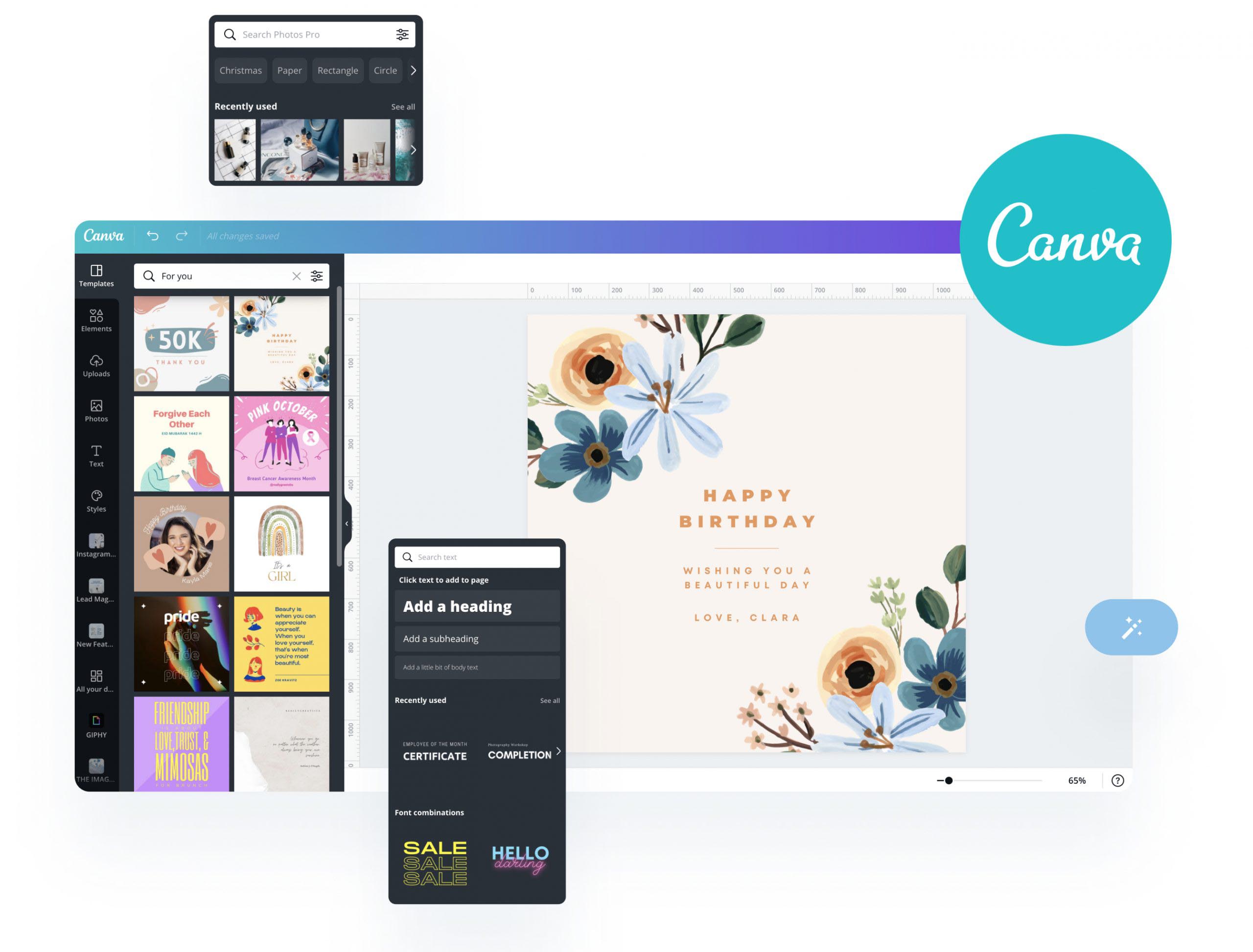
It offers the following tiers:
- Basic: $0/month for individuals, includes 250,000+ free templates, 1GB storage, and basic design tools.
- Pro: $12.99/month (or $119.99/year) for access to premium templates, unlimited storage, advanced tools like background remover and Magic Resize, and brand kit features.
- Enterprise: $30.00/month per user, designed for large teams with collaboration tools, workflow approvals, advanced security, and Single Sign-On (SSO).
The pricing strategy is feature-based. Each tier offers more advanced features than the previous one. These tiers cater to different user needs, from individual creators to large businesses.
Example 2: Free, individual, business, enterprise (usage-based)
Zoom is a leading video conferencing platform that enables seamless virtual communication for individuals, businesses, and large organizations.
It offers the following:
- Free Plan: Offers basic features, including unlimited one-on-one meetings and 40-minute group meetings for up to 100 participants.
- Pro Plan: Costs $12.49 per user per month, providing longer group meetings (up to 30 hours), 100 participants, and 5GB of cloud recording storage
- Business Plan: Priced at $16.65 per user per month, it supports up to 300 participants, includes single sign-on (SSO), and provides company branding features
- Business Plus Plan: At $20.83 per user per month, this plan adds more advanced features like expanded cloud storage and Zoom Phone integration
- Enterprise Plan: Custom pricing based on large-scale needs, including up to 500 participants, unlimited cloud storage, and advanced analytics
The pricing strategy is usage-based, meaning as customers require more participants or longer meetings, they upgrade to higher plans that meet their needs.
Example 3: Bronze, silver, gold (quantity-based)
Wholesale Prices Premium is an advanced feature of the Wholesale Suite plugin for WooCommerce, designed specifically for businesses that offer tiered pricing to wholesale customers.
Wholesale Prices Premium can use levels when setting up pricing tiers for wholesale customers. For example:
- Bronze (1–49 units): Buyers who order between 1 and 49 units receive a fixed price of $9 per unit.
- Application: A wholesale price of $11/unit is reduced to $9/unit when buying wholesale quantities.
- Silver (50–199 units): For medium-sized orders, buyers who purchase 50 to 199 units pay a fixed price of $8.50 per unit.
- Application: For 100 units, buyers pay $8.50/unit, saving significantly compared to the original price.
- Gold (200+ units): Large wholesale orders of 200 units or more qualify for a fixed price of $8 per unit.
- Application: Buyers ordering 200+ units pay the lowest rate of $8/unit, encouraging bulk purchases.
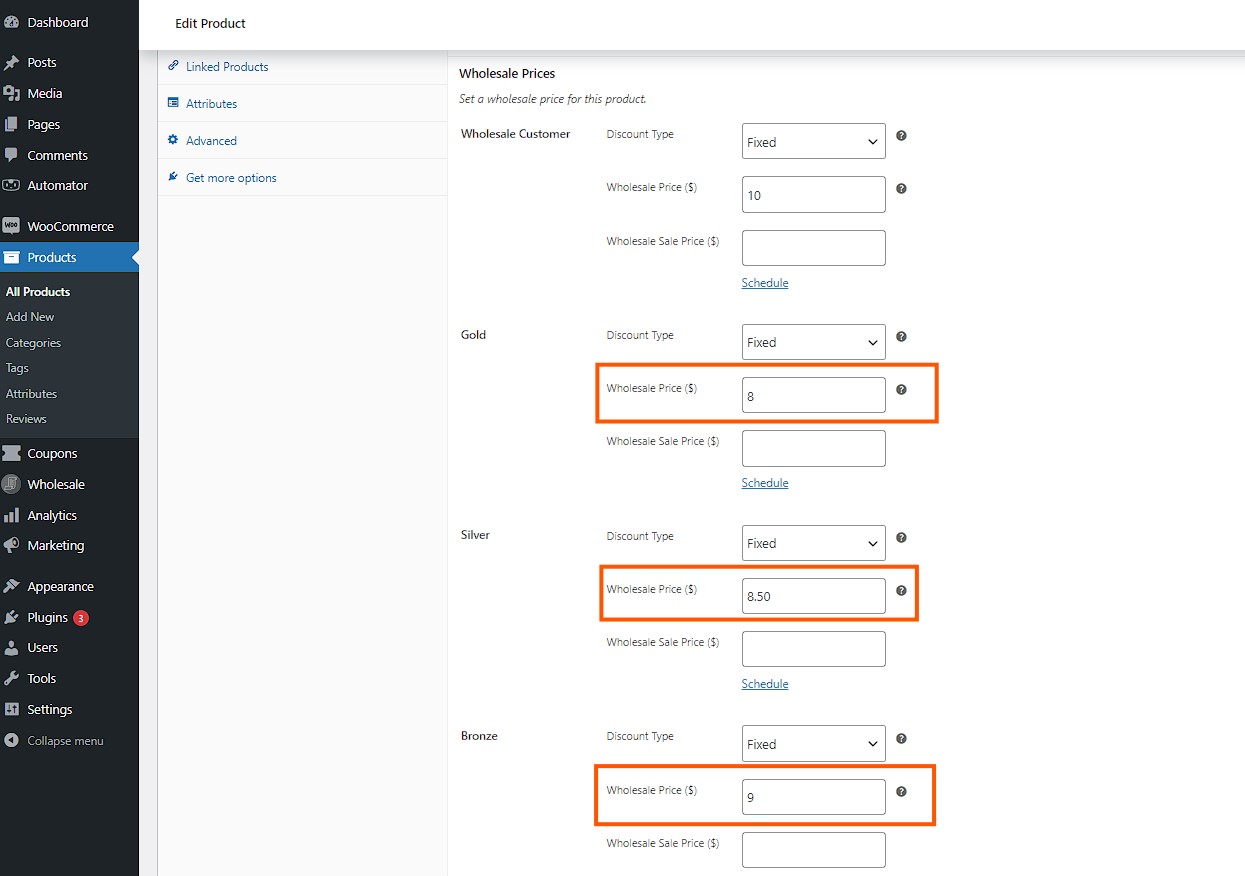
The pricing strategy follows a quantity-based approach, where pricing tiers are structured according to specific quantity brackets that offer fixed wholesale prices for each tier.
With Wholesale Prices Premium, you can set your prices according to different pricing tiers for your customers. You also have the option to choose if the discount will be a percentage off or a fixed price for each tier. Additionally, you can set a minimum order quantity for each tier to ensure that customers meet certain requirements before getting the specific price you assigned. This gives you more control over your pricing and helps encourage larger orders.
If you want to learn how to add tiered price table in WooCommerce, you may read our article here:
7 Perks Of Implementing These Tiered Pricing Examples
1. Increases customer choice
First, tiered pricing gives customers more options. They can pick the price and package that best fits their needs, making them feel more in control of their purchase.
2. Attracts a wider audience
Moreover, offering different price levels helps attract a broader range of customers. Some may prefer budget-friendly options, while others might be willing to pay more for premium features.
3. Boosts revenue potential
In addition, tiered pricing can boost your revenue. By having multiple price points, you encourage customers to upgrade to higher tiers for extra benefits, leading to more sales.
4. Encourages upselling
Another advantage is that it makes upselling easier. When customers see what’s included in the next tier, they might be tempted to spend a little more to get better features.
5. Builds customer loyalty
Tiered pricing also helps build customer loyalty. As customers start at a lower tier and experience the value, they may be more likely to stick with your brand and move up to higher tiers over time.
6. Allows for flexible marketing
Furthermore, it allows businesses to use flexible marketing strategies. You can target different customer segments with promotions and offers that match their needs based on the tier they’re in.
7. Improves product perception
Finally, having a tiered pricing structure can improve the perception of your product or service. It signals to customers that you offer a range of value, making your brand appear more professional and high-quality.
Frequently Asked Questions
What is the tiered pricing method?
The tiered pricing method is a way of setting different prices for different levels of a product or service. In this system, customers can choose from several price points, each offering more features or benefits as the price increases. As a result, it helps businesses cater to various customer needs and budgets.
What is an example of tiered pricing?
For example, a wholesale supplier might offer three pricing tiers: bronze, silver, and gold. The gold tier could be the cheapest with a huge selection of products or order sizes, while the bronze tier, at a little lower discount price, provides bulk orders to wholesale customers. You may utilize this tiered pricing using Wholesale Prices Premium. This gives retailers the flexibility to choose a plan that matches their business needs and budget.
What is an example of a tiered rate?
An example would be in banking. Some savings accounts use tiered rates, where the more money you save, the higher the interest rate you receive. For instance, if you save up to $1,000, you might get 1% interest, but if you save more than $5,000, your interest rate might increase to 2%.
What is tiered pricing type?
Tiered pricing type refers to the structure or levels of pricing set for products or services. It usually involves different tiers, with each one offering increasing value or benefits. This type of pricing is common in industries like software, subscriptions, and financial services, allowing businesses to meet the needs of a wider range of customers.
Conclusion
By providing different levels of pricing based on usage, features, or quantity, companies can appeal to both budget-conscious buyers and those willing to pay for premium options. This strategy not only helps businesses boost sales but also encourages customer loyalty by allowing individuals to choose a plan that best fits their requirements.
In this article, we discussed the following:
Whether you’re running a wholesale operation or a subscription service, tiered pricing can create a win-win scenario that can benefit both the business and its customers.
If you have questions about this topic, feel free to leave your comments in the section below!

